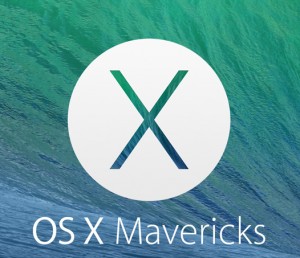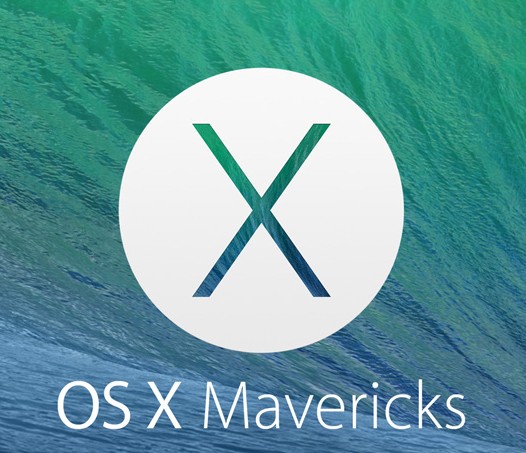
This is a quick review of the new Apple OSX 10.9 Mavericks release. This new free update was released today and replaces the previous 10.8 Mountain Lion that used to be available for purchase on the Apple App Store. Mountain Lion looks like it has been completely removed from the App Store. Apparently the guys at Apple ran out of big cat names and went with a famous Northern California surfing spot called “Mavericks” for the name of this latest release. Mavericks was named after a dog of one of the surfers so in reality this update is indirectly named after a dog, maybe not a good sign, we’ll see.
The update to 10.9 will be required for several software upgrades such as the new Xcode 5.
I have most of my important documents and images in my Copy folder, so I didn’t bother to make a backup before upgrading and everything went off without a hitch, it did take over an hour though so be prepared to fire up a second computer, or turn on your TV and get comfortable.
I didn’t bother with a bootable image or drive, I simply downloaded the update as an “app” from the App Store, it placed an icon in my launchpad, I double clicked on the icon once it had finished downloading and followed the instructions on the screen, it was very simple. I am using an early 2012 Mac Book Pro 15″.
Key OSX 10.9 Mavericks Features (What’s New)
- Notification Center – This feature is my favourite so far, and is quite useful. Up on the top right of the screen if you have a reminder, or a calendar event due, it pops up showing you what you need to do. It integrates with iCal. And is essentially the same thing I use on my iPhone, and like my iPhone it has a very useful “Snooze” button. If you want to see what you have on your list, there is a new icon on the top right of the Apple bar to the right of the Spotlight icon that brings up a list.
- Tabs in Finder Windows – This new feature give the ability to open Safari like tabs in your finder windows. Not sure about this yet if it’s really useful or not. I’ll see if I actually start to use it.
- iMessage – Not really “New” but slightly improved, this was integrated in the last update Mountain Lion. This allows you to chat with people using iMessage on a iPhone, or other chat AIM, Jabber, Google Talk, and Yahoo!.
- iBooks – Now fully integrated in the OS
- Calendar – One of my favourite things on my Mac. I use it a lot, and it doesn’t seem to have changed much. They have integrated the Apple Maps software into the calendar, which is good and bad at the same time. Its a great feature, I just much prefer Google Maps over Apple any day.
- Safari – Added a sidebar, big deal, that’s all the difference I can see so far, still just a very crappy browser that nobody with any sense will actually use.
- Multiple Displays – This was something that drove me nuts in Lion and Mountain Lion. This is greatly improved now. Still not as good as my Dual Monitor PC setup, but at least now multiple monitors is actually like having multiple monitors and not just one or the other.
- Apple Maps – Apple is trying to get us to use their IMO inferior map app. When my mac rebooted for the first time after the upgrade, I notices a shiny new Map icon on my quick launch bar. I know they are trying hard, and it actually looks pretty good, I am a huge Google Maps fan boy though so I will more than likely be sticking with Google for my map needs.
- Better battery life – The battery life on my MBP was already amazing, but there are reportedly some new processes going on behind the scenes to shut down programs that up until 10.9 would just continue to run in the background.
Some OSX 10.9 Mavericks issues I seem to be having:
- Safari is supposed to be much improved, but it still has issues, since using it for the past hour, it has done silly things such as half the page I am browsing will just turn blank white, other times it will flicker, etc. It does have some new features such as a seemingly useless sidebar, but for a web developer like me, I cannot see myself using this browser I will stick with Firefox as my number one, then Chrome as my number 2.
- The updates in the App Store don’t want to show up. It says I have 6 updates available, but when I click on the updates button on the top, all I get is a blank grey screen. I have rebooted several times, quit App Store, etc, nothing seems to allow me to see these updates.
- I am sure there will be more minor issues as my cursory glance at this update turns into actual use, and I expect like all OS updates from Apple that they will be working on the latest bug fix release to be rolled out soon.


